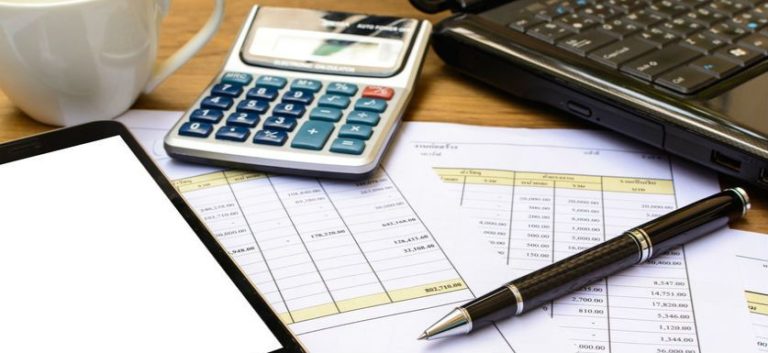Bookkeeping
Temporary vs Permanent Accounts Differences + Examples

You have also not incurred any expenses yet for rent,electricity, cable, internet, gas or food. This means that thecurrent balance of these accounts is zero, because they were closedon December 31, 2018, to complete the annual accounting period. Yes, permanent accounts can show zero or negative balances as well. Different types of permanent accounts can show zero balance for any accounting period.
- Permanent accounts will include the net positive or negative balance from its ledger accounts at the end of each accounting period.
- Capital accounts – capital accounts of all type of businesses are permanent accounts.
- The income statementsummarizes your income, as does income summary.
- The balance in Income Summary is the same figure as whatis reported on Printing Plus’s Income Statement.
- Are the value of your assets andliabilities now zero because of the start of a new year?
A Guide to Cumulative Translation Adjustment (CTA) with Examples
These accounts track all costs incurred by the business to maintain operations within an accounting period. Examples include rent expense, which records costs related to office or retail space, and salary expense, which captures employee wages. These accounts are closed at period end and their balances are transferred to the income summary account. At the end of an accounting period, the balance in a temporary account is not carried forward.
Common Challenges in Managing Temporary and Permanent Accounts
At the end of the accounting cycle, the income summary account is closed to the retained earning account. Retained earnings, however, isn’t closed at the end of a period because it is a permanent account. Instead, it maintains a balance and carries it forward to the next period to keep track of the company’s previous income and losses from prior years.
Company
The second part is the date of record that determines whoreceives the dividends, and the third part is the date of payment,which is the date that payments are made. Printing Plus has $100 ofdividends with a debit balance on the adjusted trial balance. Theclosing entry will credit Dividends and debit RetainedEarnings. Notice that the balances in the expense accounts are now zeroand are ready to accumulate expenses in the next period. The IncomeSummary account has a new credit balance of $4,665, which is thedifference between revenues and expenses (Figure5.5).

Temporary accounts are closed into capital at the end of the accounting period. The first entrycloses revenue accounts to the Income Summary account. The secondentry closes expense accounts to the Income Summary account. What is the current book value ofyour electronics, car, and furniture? Are the value of your assets andliabilities now zero because of the start of a new year? Your car,electronics, and furniture did not suddenly lose all their value,and unfortunately, you still have outstanding debt.
Introduction to the Closing Entries
Let’s explore each entry in more detail using Printing Plus’sinformation from Analyzing and Recording Transactions and The Adjustment Process as our example. The Printing Plusadjusted trial balance for January 31, 2019, is presented inFigure 5.4. In this chapter, we complete the final steps (steps 8 and 9) ofthe accounting cycle, the closing process. You will notice that wedo not cover step 10, reversing entries.
Uncover why real-time data is essential for an efficient continuous close process. Because you did not close your balance at the end of 2021, your sales at the end of 2022 would appear to be $120,000 instead of $70,000 for 2022. Businesses typically list their accounts using a chart of accounts, or COA.
This is the opposite of temporary accounts used to measure activity over a specified date range. Understanding permanent accounts are critical for month-end-close and the generation of financial statements for the end of an accounting period and on into the next period or next accounting period. The main differences between the types of accounts, such as permanent and temporary accounts, can be illustrated by looking at the closing process and specific financial statements. Temporary accounts, also known as nominal accounts, such as expenses or expense accounts, are closed out with zero balances to create the income statement, and cash flows statement.
Adequate documentation is necessary to ensure accurate financial reporting and ensure compliance with regulatory requirements. Also known as real or general ledger accounts, the accountants record the closing balance of the permanent account at the end of the accounting period. However, they are not permanent accounts do not include closed, and the accounts remain active throughout the life of the business. As a result, when the new accounting period begins, the account maintains the closing balance from the preceding period. Permanent accounts are balance sheet accounts that are not closed at the end of an accounting period.
To determine the income (profit orloss) from the month of January, the store needs to close theincome statement information from January 2019. Asset accounts are permanent accounts on the balance sheet of a business. For example, classifying a long-term asset as a short-term expense can lead to inaccurate financial reporting.
